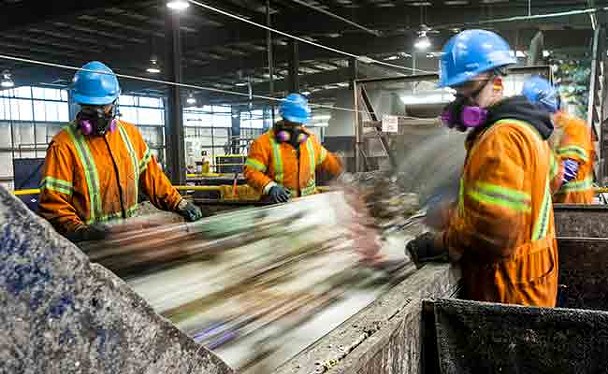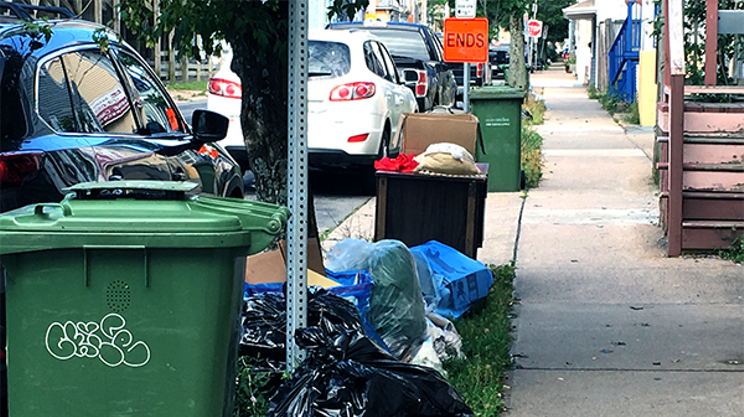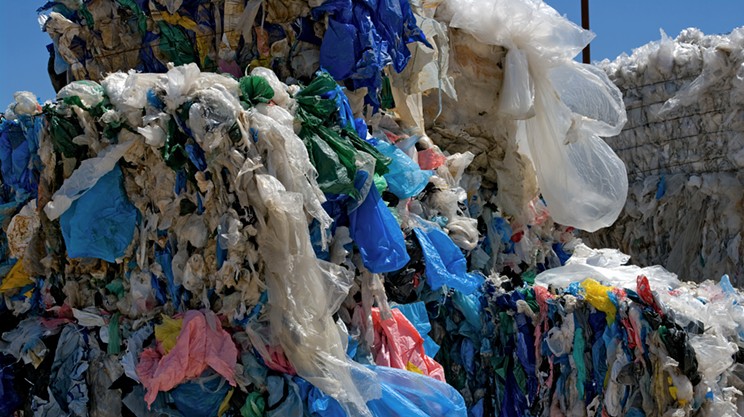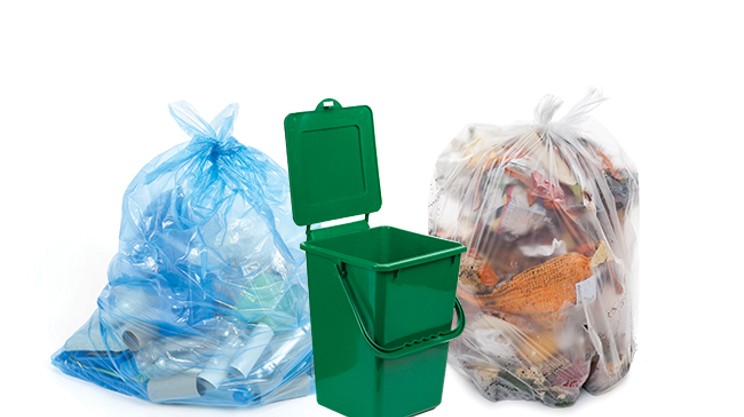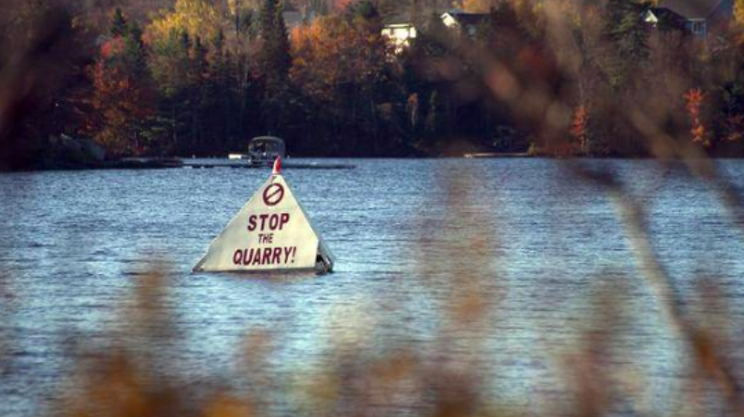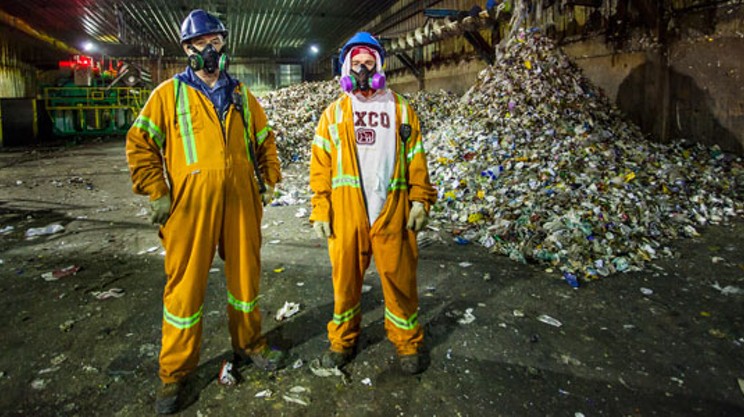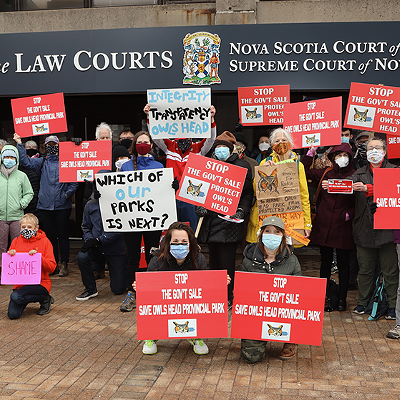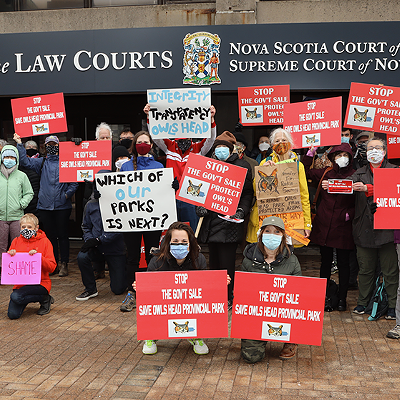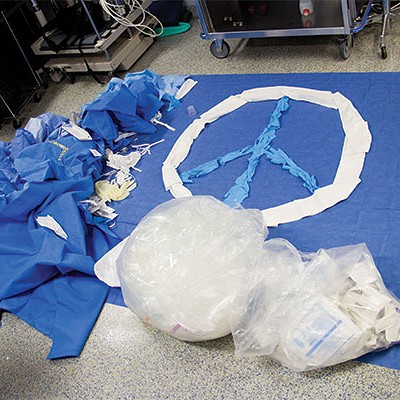“It was a surprise to us that the numbers were that high,” says Ken Donnelly, a consultant with CMC. “There’s an opportunity for better policing.”
He also notes that 13 percent of residential waste and 15 percent of business waste is textiles that could go in charity bins widely available across the city. Charities raise money for their good deeds via sales of secondhand clothing.
On the
According to Doug Hickman, a solid waste consultant who works locally and internationally with governments to improve waste policy, that study found more than 50 percent of materials going into the landfill were banned. Nova Scotians trundle on at practically the same recycling rates they’ve had for decades. Government programs are based almost entirely on public education, which is still needed to maintain current
“In 2004,” Hickman says, “we generated about 400
Last year it was 380. We need to think of new measures.”
Such measures exist elsewhere, now that other jurisdictions have surpassed our once world-leading waste management system. “In Massachusetts,” many municipalities “have a pay-as-you-throw scheme,” says Hickman.
There, residents pay for the cost of waste disposal depending on the amount they discard, excluding recycling and composting. As a result, “their quantity of waste has decreased by a third.”
The Flemish region of Belgium has
“They are down to 115
Flanders has the highest
of residential waste reused, recycled or composted.
Hickman knows that tax policies are politically unpopular, but says Nova Scotia needs to consider financial disincentives to waste, and incentives to composting and recycling as part of its plan to build a local economy.
“Ontario has estimated that for every 1,000 tonnes of recycled materials, seven jobs are created.”
He suggests that this is a revenue-neutral system change, not in how much we all pay for waste management, but rather how we go about it. One might pay a rate for waste and a lesser rate for recycling and composting.
Despite the disappointing numbers, both Hickman and Donnelly say that there has been
In fact, while many of the wrong things are still going in the landfill, the “amount of residential waste going to the landfill has decreased by 24 percent, thanks to the municipality’s clear bags policy,” according to the CMC’s report card document.
But that success can’t be replicated with the commercial sector, Hickman says, because it uses bins, not bags. “Bins are very hard to inspect.”

